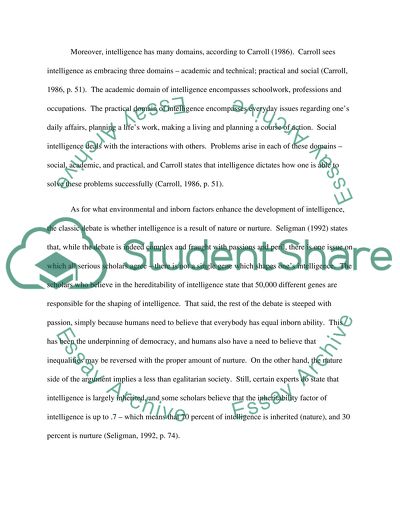Cite this document
(“Cognitive Development Throughout the Lifespan Research Paper”, n.d.)
Retrieved from https://studentshare.org/psychology/1440709-cognitive-development-throughout-the-lifespan
Retrieved from https://studentshare.org/psychology/1440709-cognitive-development-throughout-the-lifespan
(Cognitive Development Throughout the Lifespan Research Paper)
https://studentshare.org/psychology/1440709-cognitive-development-throughout-the-lifespan.
https://studentshare.org/psychology/1440709-cognitive-development-throughout-the-lifespan.
“Cognitive Development Throughout the Lifespan Research Paper”, n.d. https://studentshare.org/psychology/1440709-cognitive-development-throughout-the-lifespan.


